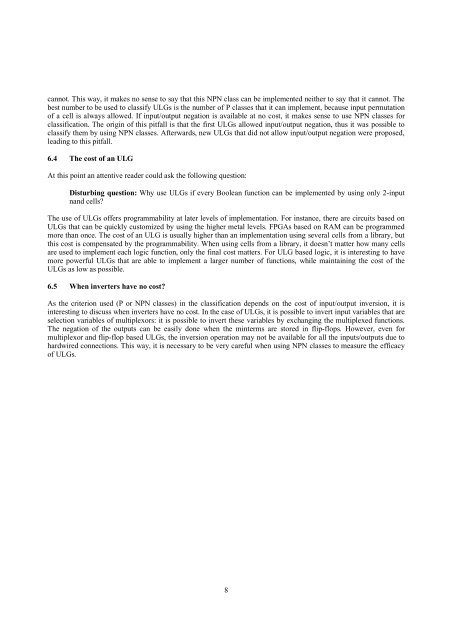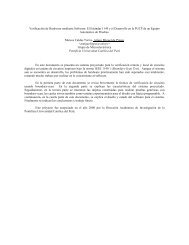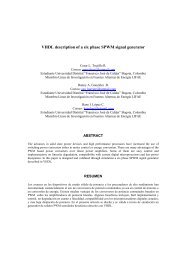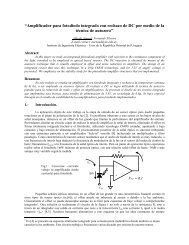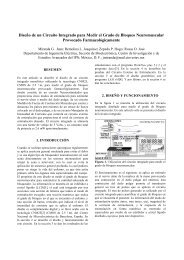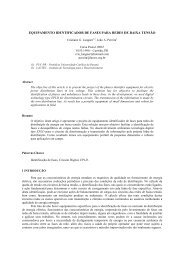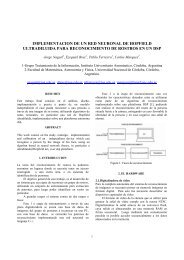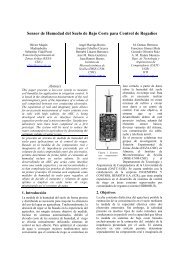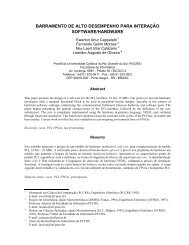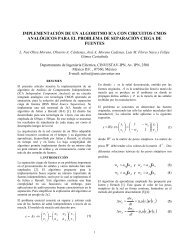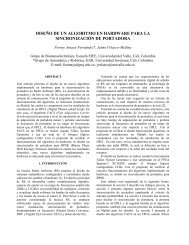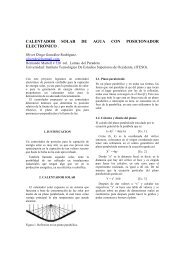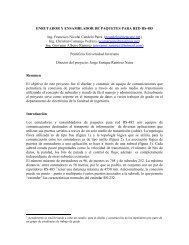Classifying n-Input Boolean Functions
Classifying n-Input Boolean Functions
Classifying n-Input Boolean Functions
Create successful ePaper yourself
Turn your PDF publications into a flip-book with our unique Google optimized e-Paper software.
cannot. This way, it makes no sense to say that this NPN class can be implemented neither to say that it cannot. The<br />
best number to be used to classify ULGs is the number of P classes that it can implement, because input permutation<br />
of a cell is always allowed. If input/output negation is available at no cost, it makes sense to use NPN classes for<br />
classification. The origin of this pitfall is that the first ULGs allowed input/output negation, thus it was possible to<br />
classify them by using NPN classes. Afterwards, new ULGs that did not allow input/output negation were proposed,<br />
leading to this pitfall.<br />
6.4 The cost of an ULG<br />
At this point an attentive reader could ask the following question:<br />
Disturbing question: Why use ULGs if every <strong>Boolean</strong> function can be implemented by using only 2-input<br />
nand cells?<br />
The use of ULGs offers programmability at later levels of implementation. For instance, there are circuits based on<br />
ULGs that can be quickly customized by using the higher metal levels. FPGAs based on RAM can be programmed<br />
more than once. The cost of an ULG is usually higher than an implementation using several cells from a library, but<br />
this cost is compensated by the programmability. When using cells from a library, it doesn’t matter how many cells<br />
are used to implement each logic function, only the final cost matters. For ULG based logic, it is interesting to have<br />
more powerful ULGs that are able to implement a larger number of functions, while maintaining the cost of the<br />
ULGs as low as possible.<br />
6.5 When inverters have no cost?<br />
As the criterion used (P or NPN classes) in the classification depends on the cost of input/output inversion, it is<br />
interesting to discuss when inverters have no cost. In the case of ULGs, it is possible to invert input variables that are<br />
selection variables of multiplexors: it is possible to invert these variables by exchanging the multiplexed functions.<br />
The negation of the outputs can be easily done when the minterms are stored in flip-flops. However, even for<br />
multiplexor and flip-flop based ULGs, the inversion operation may not be available for all the inputs/outputs due to<br />
hardwired connections. This way, it is necessary to be very careful when using NPN classes to measure the efficacy<br />
of ULGs.<br />
8


